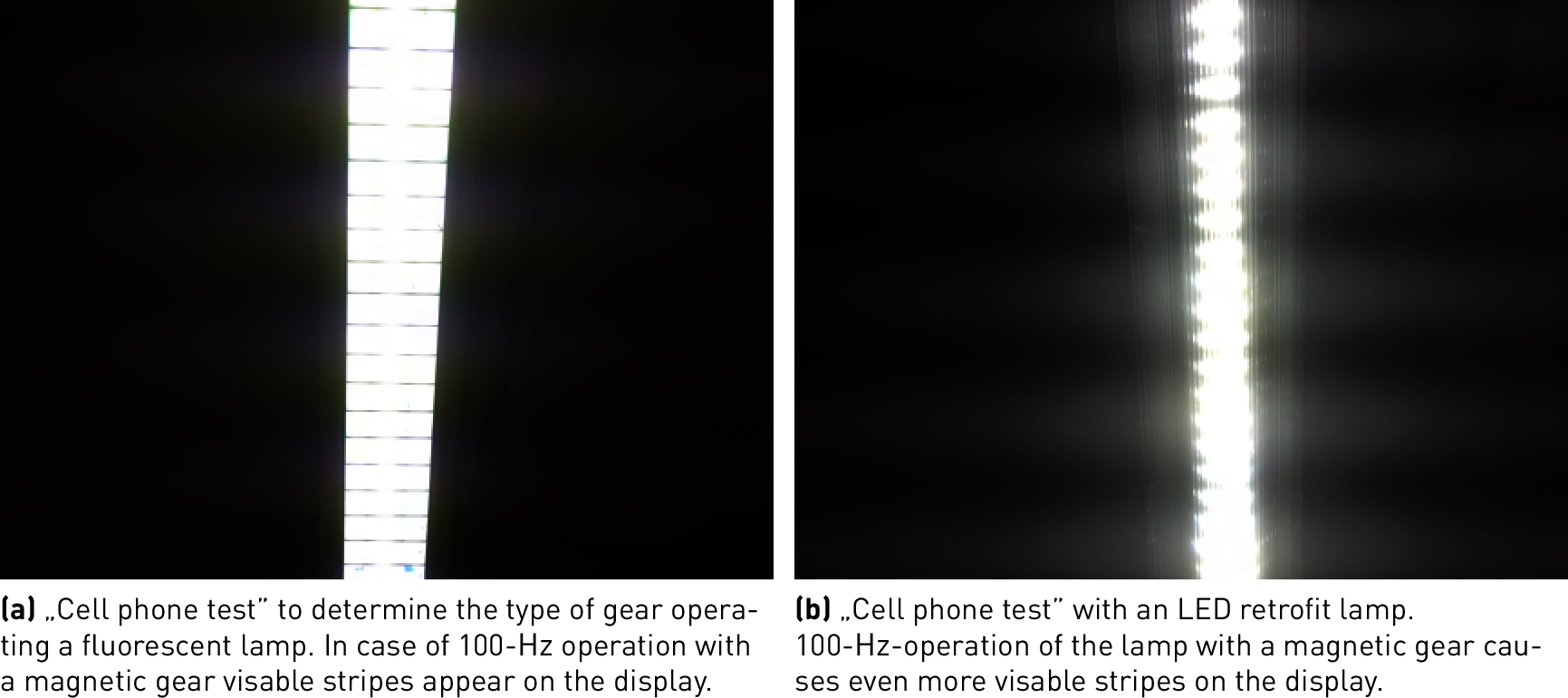Inductive (magnetic) control gear is subdivided into conventional (CCG) and low-loss control gear (LLCG). Both types use iron cores wrapped in copper wire. Compared to conventional control gear, which have been used since the 1940s, low-loss control gear, which were introduced in the 1980s, feature lower internal losses. Fluorescent lamps are ignited by starters.
Magnetic gears
In keeping with energy saving, the European Parliament and the Council of the European Union passed Directive 2000/55/EC on energy efficiency requirements for ballasts for fluorescent lighting in October 2000. Today, energy efficiency requirements for lamps and luminaires are regulated by the ErP directive.
The directive at the time contained an energy efficiency index (EEI, see table) listing maximum permissible system performance for lamp and control gear as well as two banning stages, the first of which banned the marketing of class D control gear Europe-wide starting 21 May 2002. Class C control gear ceased to be permissible on 21 November 2005.
The current regulation (EC) no. 245/2009 related to the ErP directive stipulates a ban on control gear falling into the EEI ratings of A3, B1 and B2 starting 13 April 2017.

Figure 3.199: "Cell phone test"
In existing systems, inductive control gear units are easily identified due to their 100 Hz operation and the ignition characteristic of the fluorescent lamps. When pointing a smartphone camera at them during lamp operation, the monitor will display a characteristic stripe pattern (so-called "cell phone test", see figure) which is a result of low-frequency luminous flux variations. When starting the lamp, the bimetallic starter switch flares up multiple times until the gas discharge is successfully ignited. In operation with electronic control gear (ECG), multiple flaring does not occur. The stripe pattern also does not appear in ECG operation.